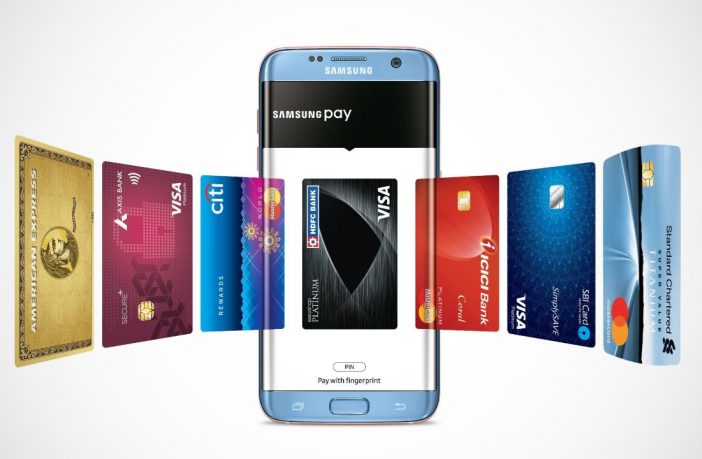
On a trip to the mall late last year, on my way to the cash register to pay for the clothes I had just bought, I realized I didn’t have my wallet on me. . Forced to walk back to where I parked, I envied people living in countries that had the ability to pay with their phone for a few years, and wondered when I could too. have that luxury.
Well, that day has come. Samsung Pay was officially launched in India on Wednesday, allowing you to simply make payments with your phone – as long as it’s one of six Galaxy devices, including the Galaxy S7 and Galaxy Note 5. If you have one, then all you need to do is get the app and enter your card details on first run (assuming your account is with one of the supported banks , such as HDFC and ICICI). So ! Who would have thought that the future would be so easy?
Of course, India is not the only region to benefit from Samsung’s mobile payment service. Samsung Pay launched in Korea at the end of 2015, before moving to the United States a month later. Since then, Samsung Pay has expanded to countries like Australia, Brazil, China, and Russia. It’s a small market right now, overall, but there’s increasing competition from all sides, primarily Apple Pay and Android Pay, at least in markets outside of India.
Samsung Pay has been around a bit longer for more enterprising folks, thanks to an early access program Samsung made available earlier this month. I’ve tried the beta several times over these weeks, and it’s worked perfectly so far. To be honest, I had reservations every time I got to the front of the queue, but the only problem was the curious/puzzled faces of the people behind the counter.
It is also very easy to use. Like Apple Pay, it is accessible from the lock screen. Just swipe from the bottom, then swipe left or right to choose the one you want. It remembers what you last used, so if you frequently make payments with the same card, you can get going all at once. Next, line up the back of your phone with the card reader and authenticate using your fingerprint/PIN combination.
Now, if I find myself forgetting my wallet again, all I have to do is pull out my phone, and I’ll have all my cards with me. Soon the Gear S3 will have it too, so you won’t need your phone either. More importantly, it would allow me to leave behind my clumsy wallet that I hate having to carry around in my back pocket. It’s a constant annoyance when I’m sitting, and I’d be happy to get rid of it.
It won’t be as universal for everyone, as it depends on your lifestyle. Samsung Pay doesn’t work with ATMs, so you’ll still need to carry your card if you tend to withdraw cash frequently. Luckily, I live mostly cashless and go to the ATM about once every three months, so that’s not a problem for me. But it may not work for you. For what it’s worth, Samsung Pay already supports Paytm, and UPI is on the way, so you can use those routes if you prefer.
The biggest concern for most seems to be security, but mobile payments can actually be safer. On the one hand, card skimming is not possible since you don’t have to physically give your card to anyone, and on the other hand, like a chip and PIN card, Samsung Pay only shares a random token with the reader, not the card number. Plus, it also needs your fingerprint/PIN for authentication, so you don’t have to worry if your phone is stolen – although the fact that your phone has been stolen will still be worrying.
The other issue with digital payment methods is that support can often be limited. Samsung Pay supports both NFC – which is the common standard for mobile payments – and MST (Secure Magnetic Transmission), which works with most existing card readers, as it emulates the presence of a card by transmitting wireless, well, magnetic waves. NFC might be the true future of payments, but it’s a future that still isn’t here, even in places like the United States. Samsung Pay’s MST feature is basically a form of backwards compatibility, so you can use this payment method almost anywhere, although the people working there themselves might not know it.
For Samsung, this feature is a fantastic trick up its sleeve, as it gives the Korean company an edge over its competition. By comparison, the other two big ones – Apple Pay and Android Pay – will be limited to NFC-equipped readers, even when traveling to India. Samsung then has a clear advantage in this respect, which it can take advantage of to market its smartphones and peripherals.
With the imminent launch of the Galaxy S8, Samsung Pay looks like a real selling point. No thanks iPhone red, I know which one I want.
Tech




